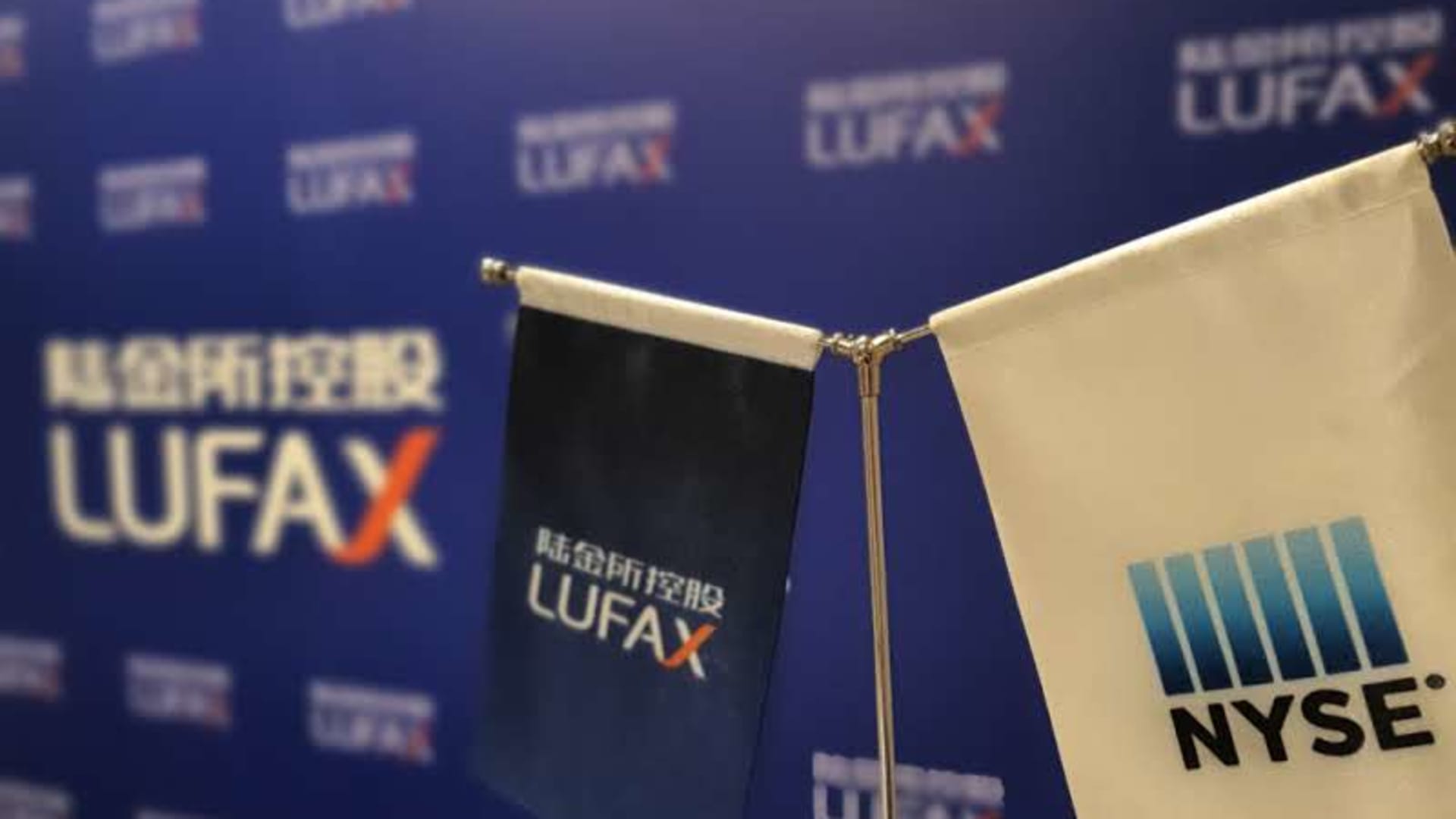
Investors should buy Lufax as the China-based lending company pivots, according to Sanford C. Bernstein. Analyst Tianjiao Yu initiated coverage of the financial technology stock at outperform. The firm’s $2.50 price target for U.S.-listed shares implies 59% upside from where the shares closed Wednesday. “Lufax stock tells what happened in China in the past 3 years — macro weakness, Covid downturn, geopolitics uncertainty, and regulatory tightening on the fintech industry — a fatal blow to profitability in 2023E,” Yu said in a note to clients Thursday. “The stock has thus slumped from its IPO prime. We are now turning positive as the company shifts from a ‘risk-free’ facilitator to a ‘risk-taking’ co-lender.” Lending for small- and medium-size enterprises has become a “sweet spot” for growth, Yu said, and Lufax has carved out a growing niche in the area with limited competition at its scale. Small- and medium-size business lending has outpaced GDP growth in China three to four times, the analyst wrote. Despite the recent economic slowdown, Yu said new loans should resume at a compound annual growth rate of about 15% between 2024 and 2027. Competition is more crowded in consumer lending and banks are not competitors, but rather “hand-holding partners” in the small- and medium-size enterprise space as they rely on Lufax for customer acquisition and data, Yu noted. Yu said Lufax could see “take rates” move to 3% at the end of 2027 from 1.3% at the end of 2023 under its full-guarantee model with incremental guarantee income. That would represent a “U”-shaped recovery, with earnings per share bottoming out before growing at a compound annual rate of 20% between 2024 and 2027, Bernstein said. Risk related to annual percentage rates, which calculates the yearly cost of borrowing over the term of a loan, is largely in the past and should settle between 19% and 20%, said Yu. Lufax previously moved APR from 27% in 2019 to 21% in 2022, which Yu said is below the regulatory set of 24%. Pulling back an APR can pressure a net interest margin, reduce loan growth and intensify competition, she noted. After taking more risk exposure, the company’s impairment losses are expected to grow at a compound annual rate of 15%. But Yu said that’s manageable, while noting Lufax has a better credit quality record than many other lending companies and banks. Shares have dropped more than 20% since the start of 2023, after sliding 66% in 2022. LU ALL mountain Lufax’s all-time chart — CNBC’s Michael Bloom contributed to this report.




